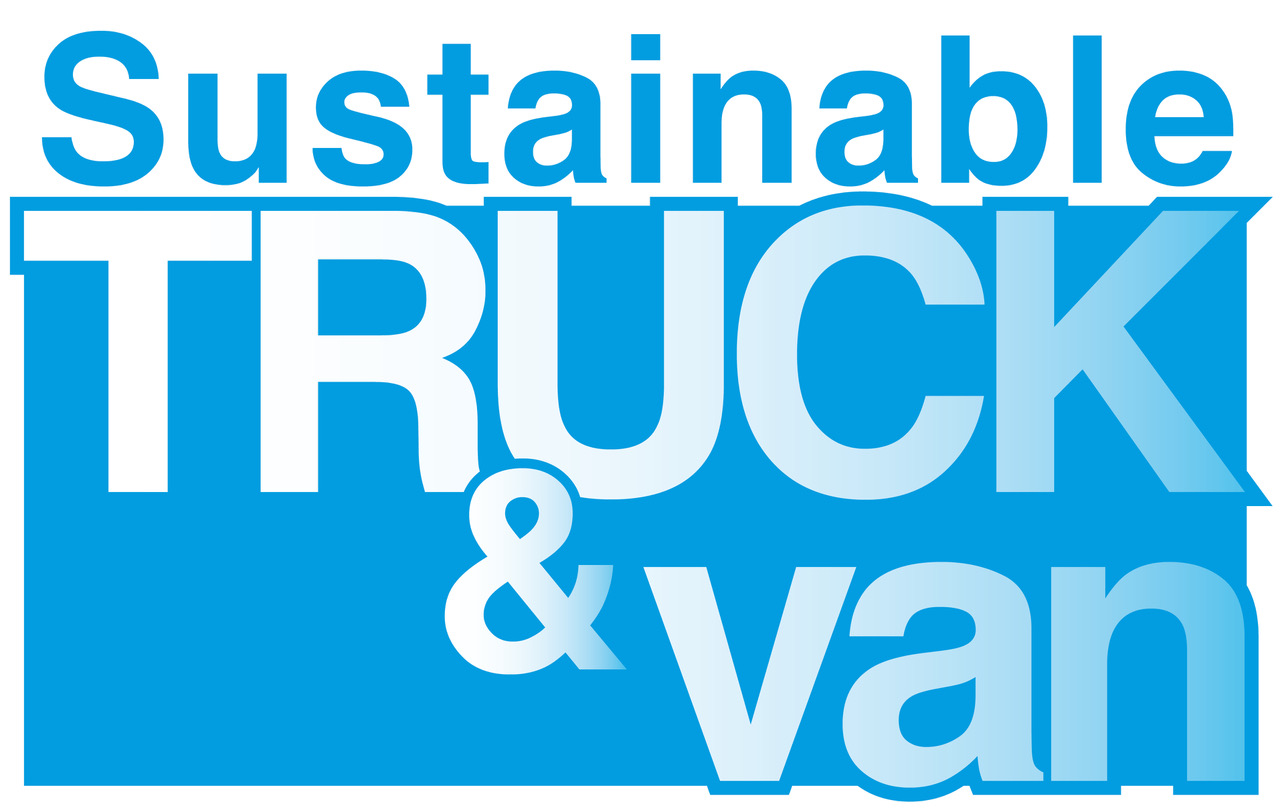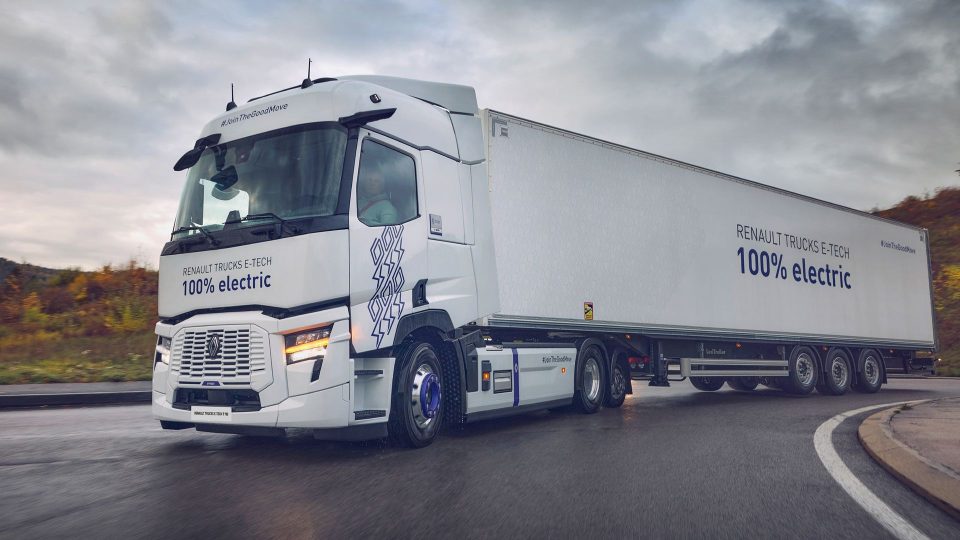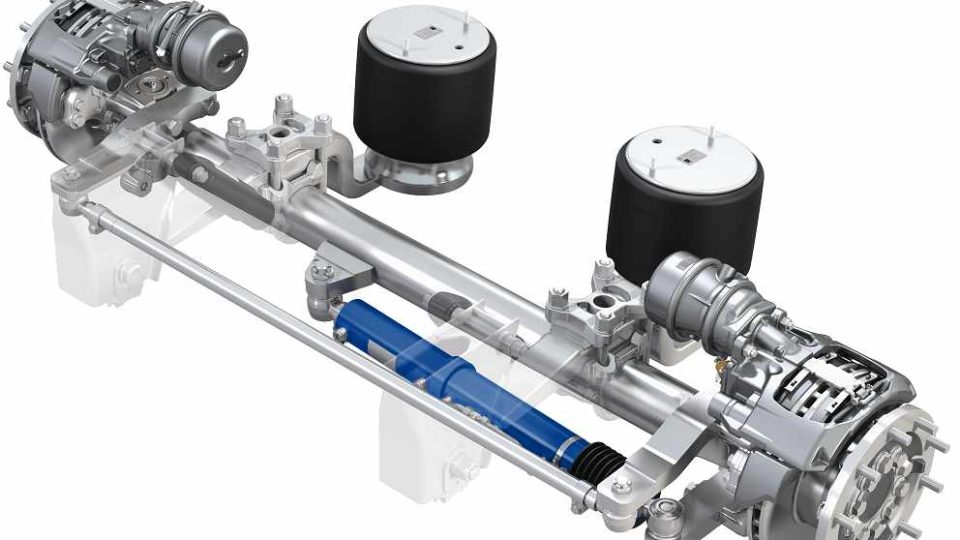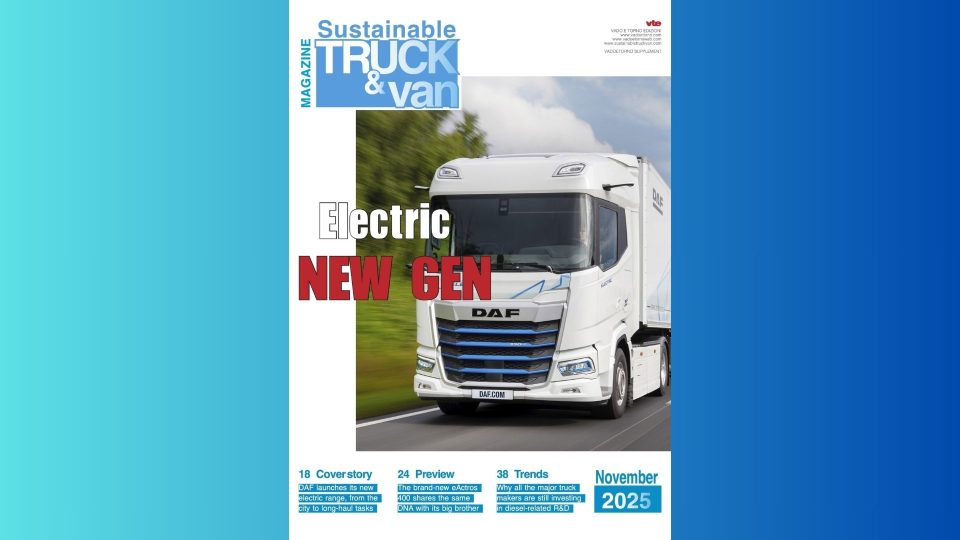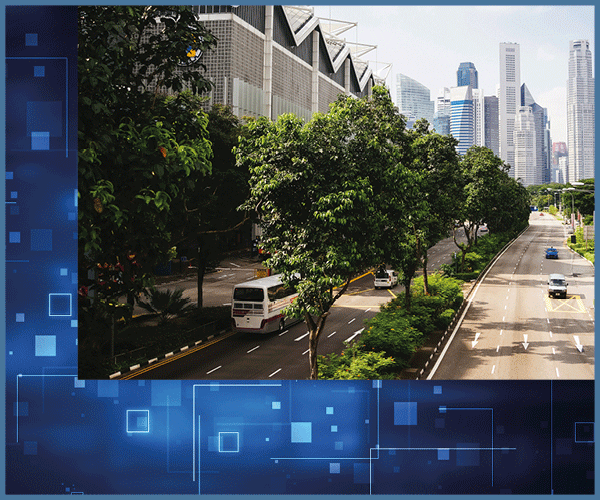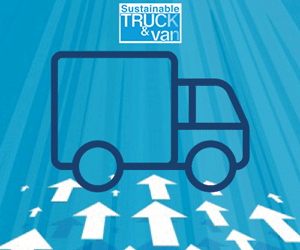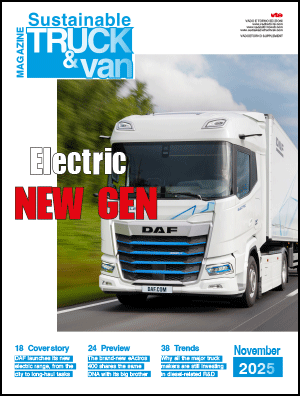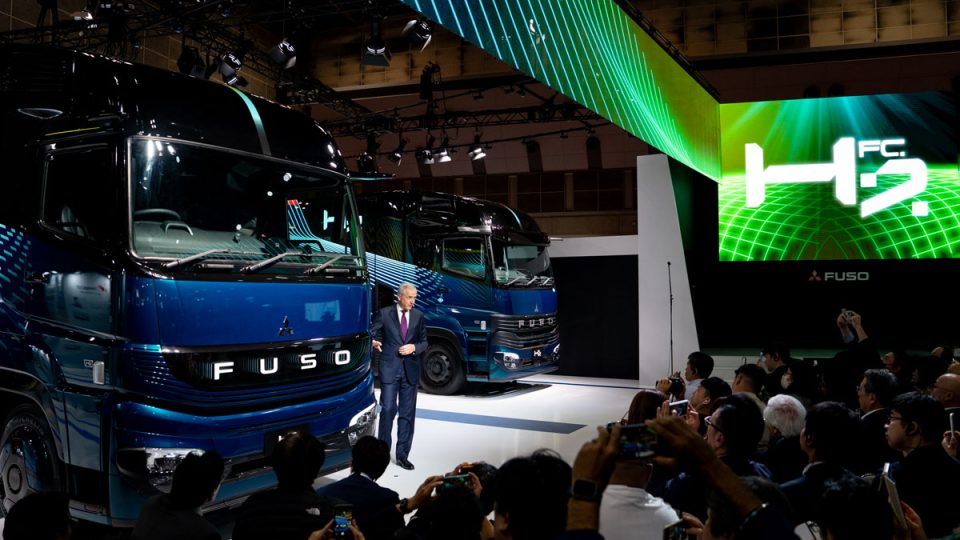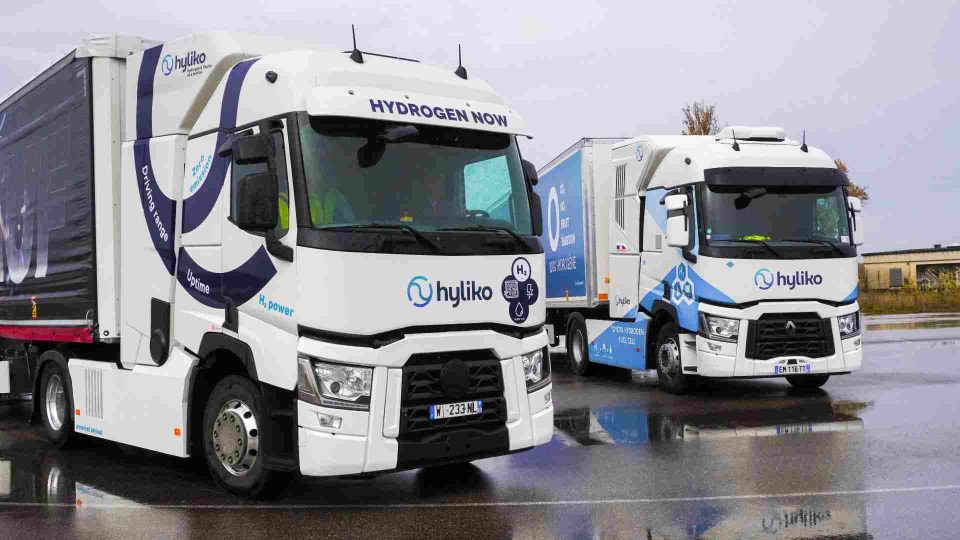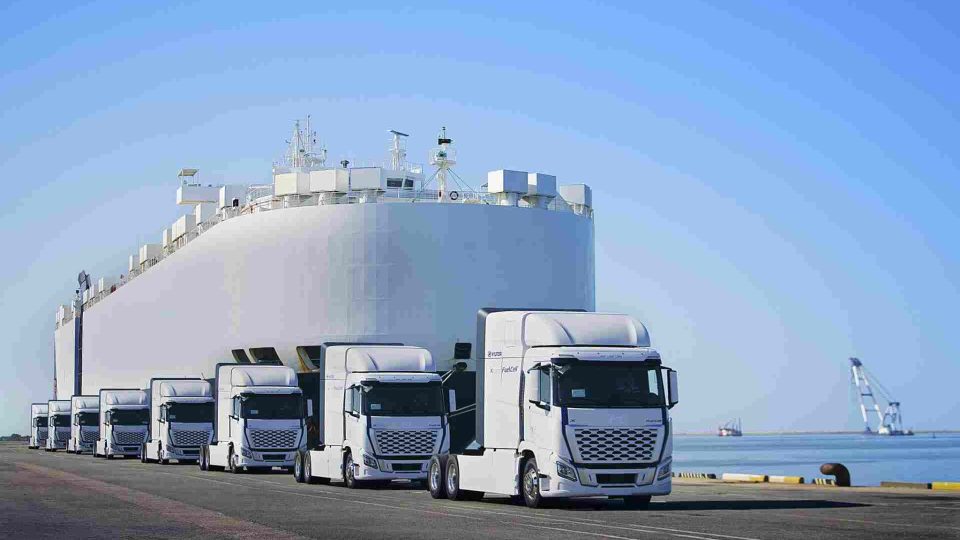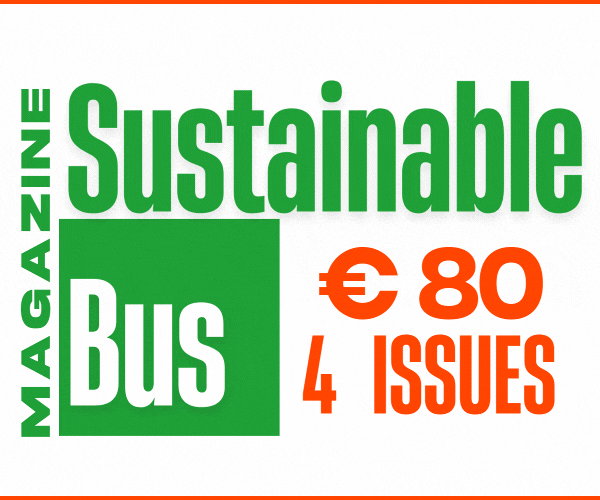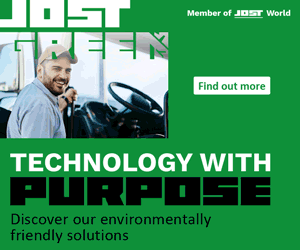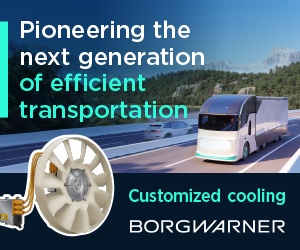Northern Italy to rely on five hydrogen refueling stations by the end of 2026
Nearby the city of Milan, on June 30 the first of five distribution plants to be built between Lombardy and Piedmont was inaugurated. The aim is to create an actual network capable of connecting Northern Italy with nearby European stations already present in France, Switzerland, Austria and Germany, above all. Four more stations will be opened by the end of 2026.
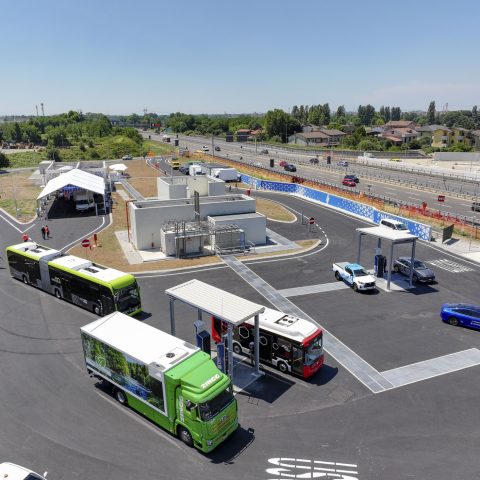
The one inaugurated yesterday (June 30) in Carugate, nearby the city of Milan, will be the first hydrogen refueling station in Lombardy. The first of five distribution plants to be built between Lombardy and Piedmont to build a real network capable of connecting northern Italy with nearby European stations already present in France, Switzerland, Austria and Germany, above all.
We attended the event that officially inaugurated the Carugate East site, North of Milan. It will be followed by those in Carugate Ovest – on the other side of the city’s ring road – in Rho (North-West of Milan) and in Tortona (Piedmont) East and West. These facilities are not used for the production of hydrogen, but only for its distribution, and will accommodate light vehicles but mostly heavy vehicles: buses and trucks, which were present at the June 30 event, as shown in the images we publish here. The station will not be open until next year, with the others coming on line to follow. The goal of FNM and Milano Serravalle-who oversaw the project-is to have all five stations available for hydrogen refueling by the end of 2026.

Hydrogen stations in Italy: a possible network
The initiative is promoted by Milano Serravalle – Milano Tangenziali, with the aim of launching a hydrogen mobility model applied to road transport in Italy, starting from a key infrastructure junction in the heart of Lombardy. The entire project envisages a total investment of 55.4 million euros, financed by national and European funds allocated by the PNRR and the European Union, as part of the CEF Transport Alternative Fuels Infrastructure Facility (AFIF) program aimed at the decarbonization of transport along the Trans-European Transport Network (TEN-T). Not coincidentally, the stations will be located along TEN-T networks 2 and 5, identified among the main routes concerning Italy.
There are currently more than 250 refueling stations in Europe, with over 200 in the planning stage. In the past two years, the total number of hydrogen-powered vehicles on the road in Europe has reached quotas of up to 6,000 vehicles. Italy has great potential that has been virtually untapped so far. There remain many unknowns with respect to the use of hydrogen as a carrier for sustainable transport, first and foremost the high cost per km, which is not competitive with either purely electric mobility or conventional fuels. Some estimates, however, speak of about 50 thousand hydrogen-powered trucks on Italian roads by 2050.
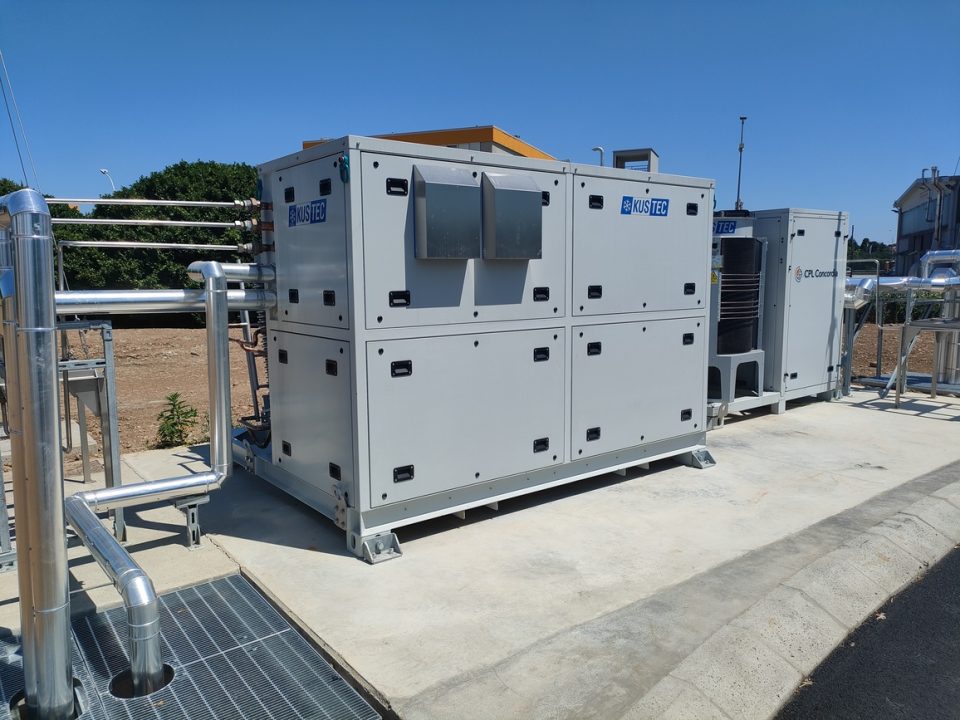
Technically speaking, what we saw in Carugate (Milan)
From a technical point of view, three compressed hydrogen dispensers at pressures of 350 and 700 bar, depending on the type of vehicle to be refueled, will come into operation in Carugate, with a dispensing capacity of about one ton per day. All dispensers are equipped with pre-cooling devices down to -40° to ensure safe operations. The fixed storage system consists of two cylinder batteries: one medium-pressure (500 bar) with a capacity of 333 kg (about 10.5 square meters) and one high-pressure (930 bar) with a capacity of 115 kg (about 2.4 square meters).
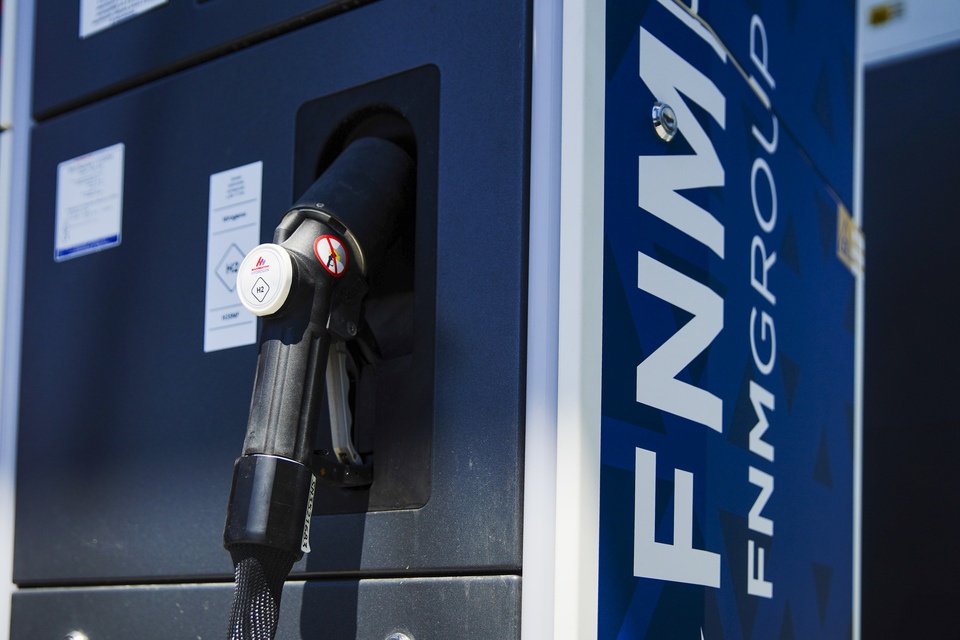
The hydrogen will not be produced on-site, but supplied by tank wagon (presumably, then, by ICE-powered trucks). All safety systems are, of course, guaranteed with regard to hydrogen supply and delivery. Similarly, the stations designed by FNM and Milano Serravalle are scalable, with the possibility of greatly increasing storage, compression, and distribution capacities.

The inauguration was attended by some of the manufacturers most active in hydrogen vehicles: BMW, Toyota (which also brought a Hilux hydrogen pickup prototype) and Hyundai in the auto sector; Rampini and Daimler Buses in the passenger transport sector; and Hyundai Motors itself in the truck sector, with a Hyundai XCIENT example currently being used on roads in Switzerland, France, Austria, Germany and the Netherlands. Hyundai produces fuel cells and believes strongly in hydrogen mobility. The same cannot be said, at the moment, for the other manufacturers, who are experimenting with hydrogen vehicles but do not, as yet, have trucks on European and Italian roads.
